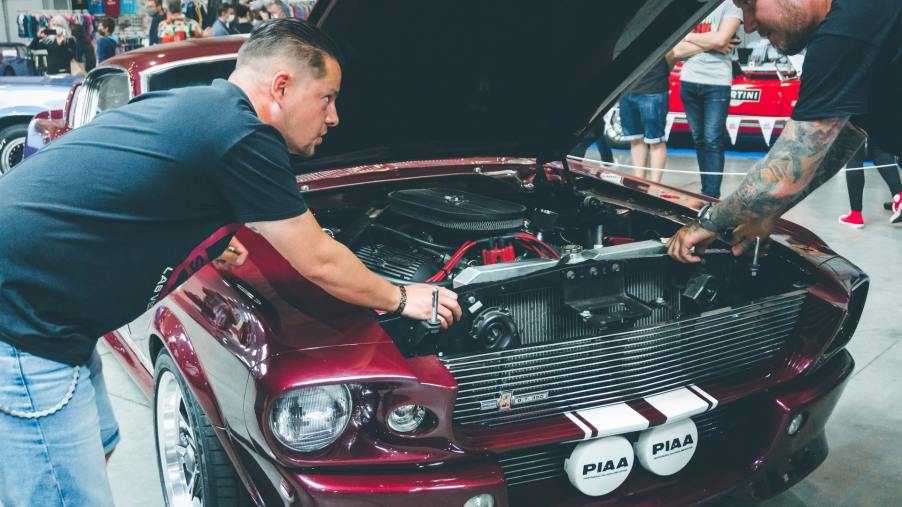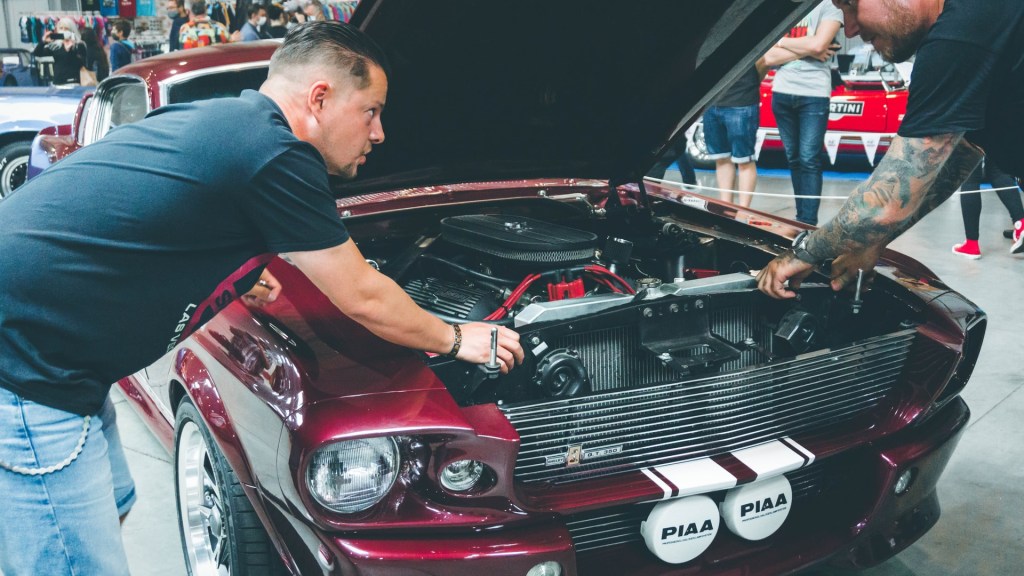
What Is a Restomoded Car?
It’s often said that they don’t make cars like they used to. This sentiment may often invoke strong feelings of nostalgia and longing for days gone by. However, in this case, you should consider the turn of phrase to be a good thing. Many classic models look like underpowered, prehistoric death traps compared to modern vehicles. That’s why the restomod process has become so popular in recent years.
You may be wondering, what is a restomod? Instead of the more widely known restoration process, building a restomod revitalizes an older model while also making modifications. Essentially, it takes everything you love about a classic car and combines it with modern innovations to create a superior vehicle.
Completing a restoration takes a ton of time and effort to locate classic car parts in the hope of keeping a model’s ‘original’ status. However, is that really in your best interest? While you may be maintaining the integrity of the vehicle in one way, you’re sacrificing innovation and staying power. In the end, restored cars won’t keep up with the latest new releases regarding performance, safety, or comfort.
Car enthusiasts who are willing to invest in a restomod can still get their dream car from yesteryear. Except, this iteration will be more fine-tuned for driving in the 2020s while retaining its classic look and feel.
What kind of vehicle can you restomod?

One of the great things about the restomod process is that it’s unique to you. It seems most popular to soup up a classic vehicle from a bygone era. However, it’s completely conceivable to enhance a more recent vehicle. Think of this as the equivalent of a choose your own adventure experience. You really can make it whatever you want it to be.
Ambitious car owners can either undertake a restomodding project themselves or have a specialized shop turn their classic car into a brand-new one.
If you’re looking to get into the restomod game, choosing which vehicle to update may seem intimidating. However, there are plenty of inspiring success stories of other projects to look to. For example, one company restomodded classic Range Rovers. It made them even more off-road capable while installing adventure-inspired additions like a rooftop tent.
Why should you restomod your car?
Every car enthusiast has their own take on their dream car. Whether they want a powerful car that goes from 0-60 MPH in the blink of an eye or to have all the most recent technologies in a classic car, you can make those dreams a reality. Unlike when restoring a vehicle, there are no rules. You can take the basis of any car and create the perfect vehicle for your wants and needs.
According to restomod.com, the Top 4 reasons why people restomod cars are performance, practicality, reliability/safety, and style. For instance, older engines don’t produce the same amount of horsepower as modern ones.
So, you may want to swap out your classic car’s old V6 for a newer powerplant. Of course, you’ll have to make sure this engine substitute is compatible with the rest of the car’s components. While your classic car would lose its ‘original’ status, this could make it more reliable and fun to drive.
Additionally, you could add technology that allows you to link your smartphone to the audio system, allowing you to listen to your favorite tunes on the go. Or, you can make your car a bit more athletic by installing a sportier suspension system.
Is the time, money, and effort worth it?
When it comes down to it, completing a restomod will become a passion project. Like any good hobby, it will take time and effort to achieve. It will also likely take up a lot of your budgeted fun money. However, there’s something gratifying about combining a piece of automotive history with today’s innovations. At the end of the day, you will have a vehicle unique to you, and we have to say, that’s incredibly awesome.


